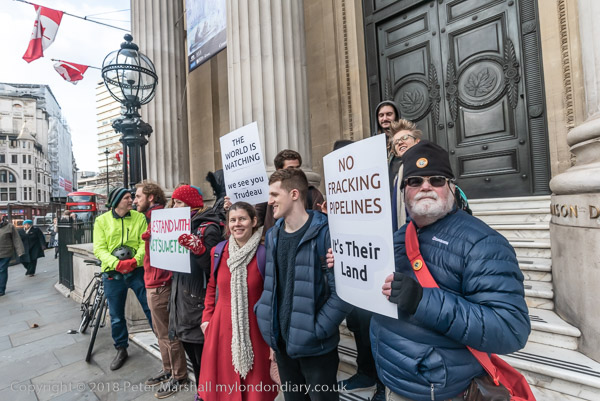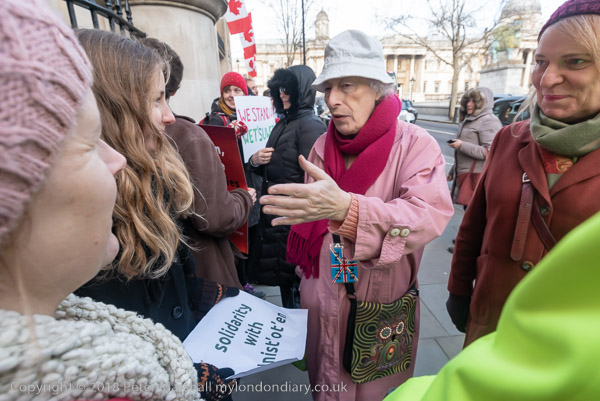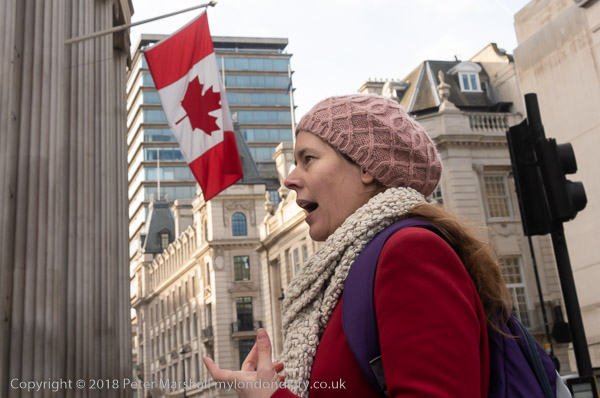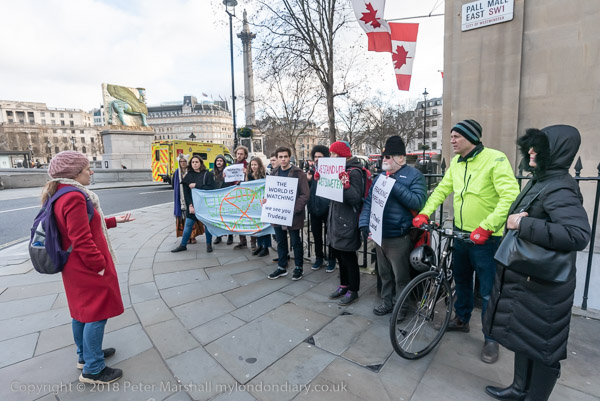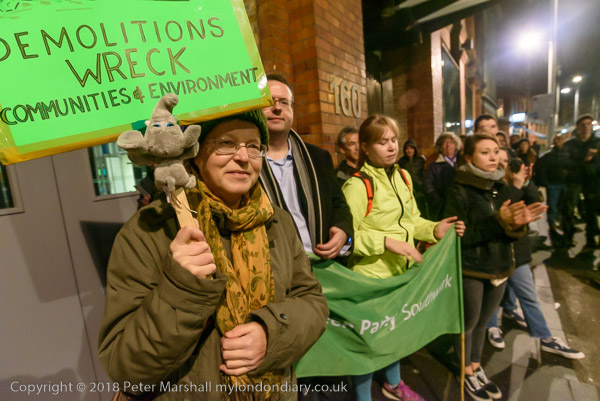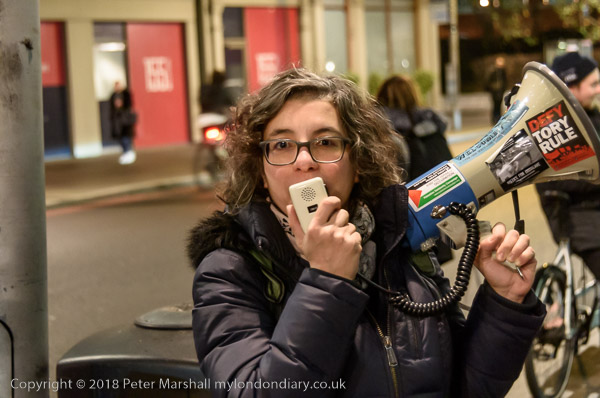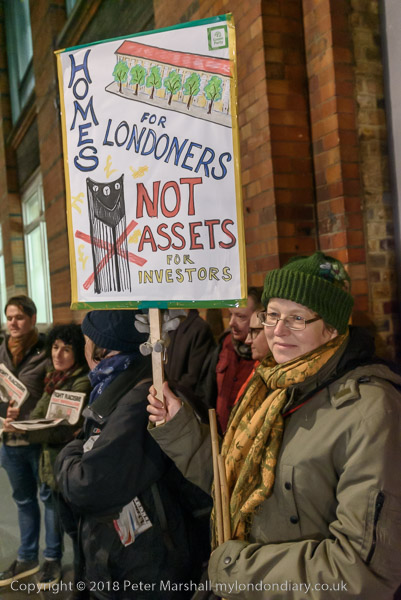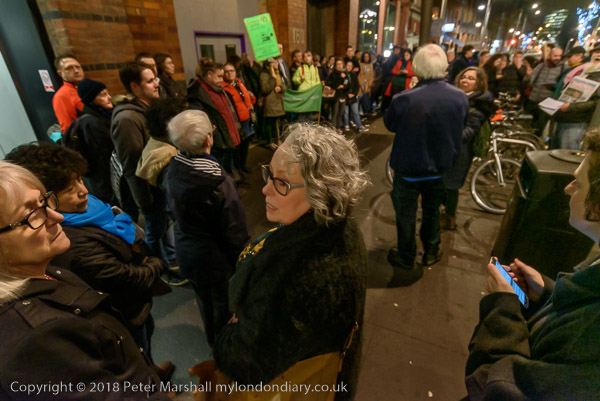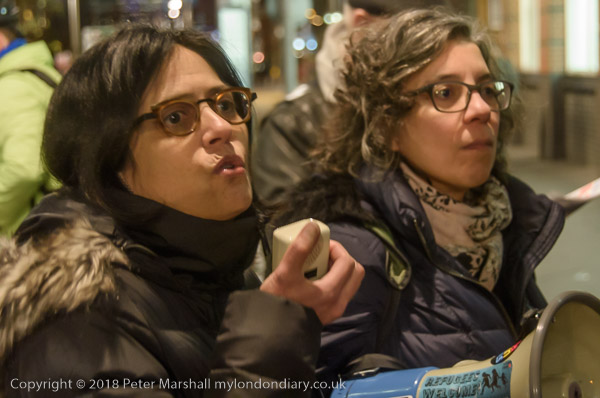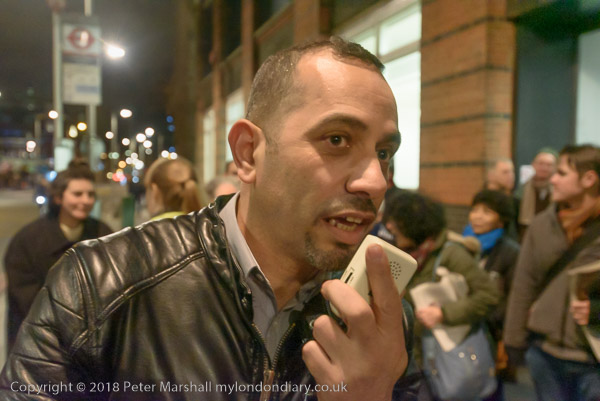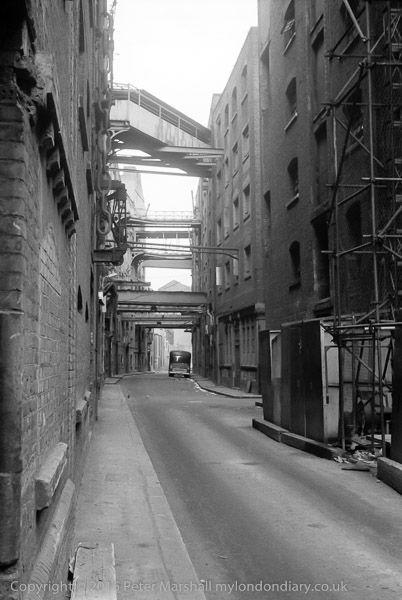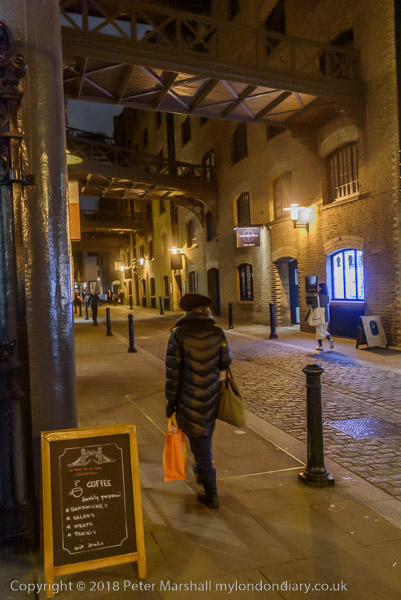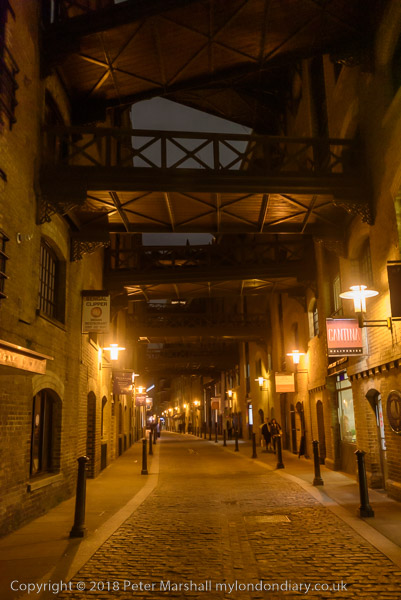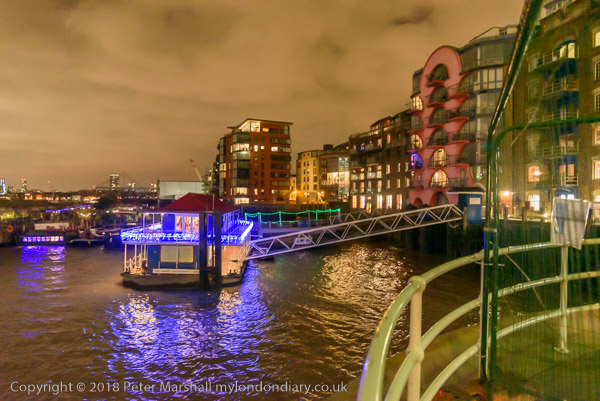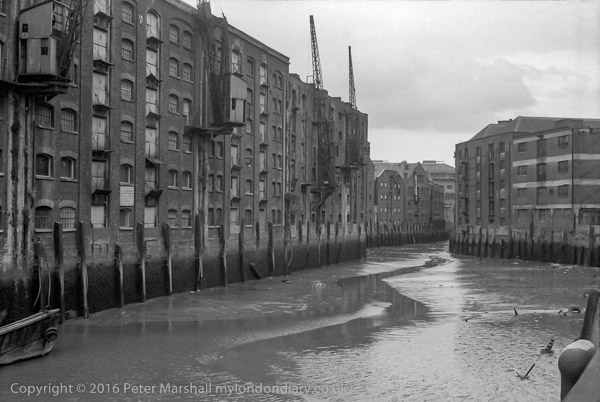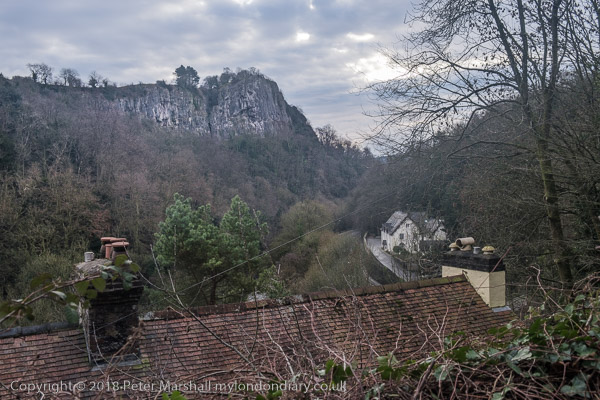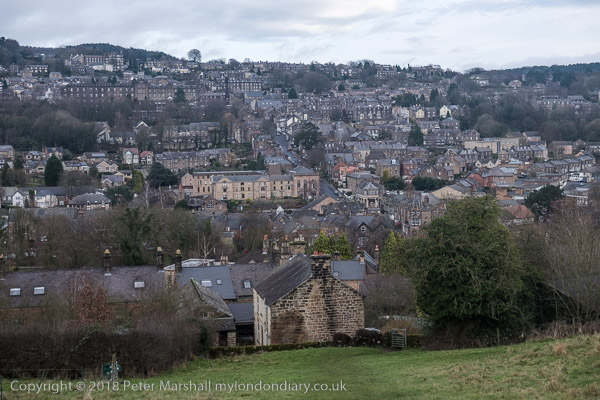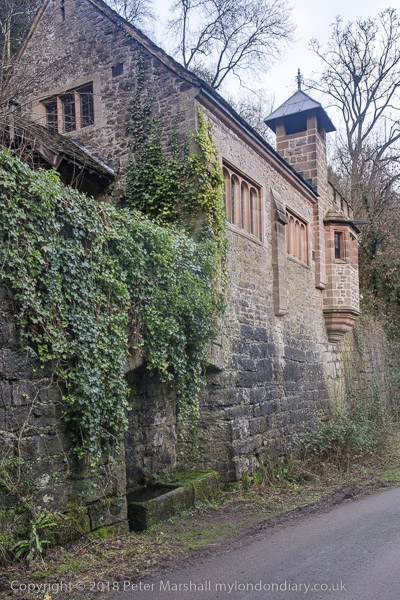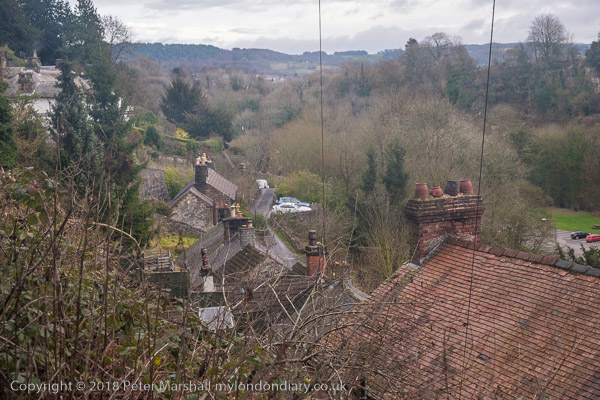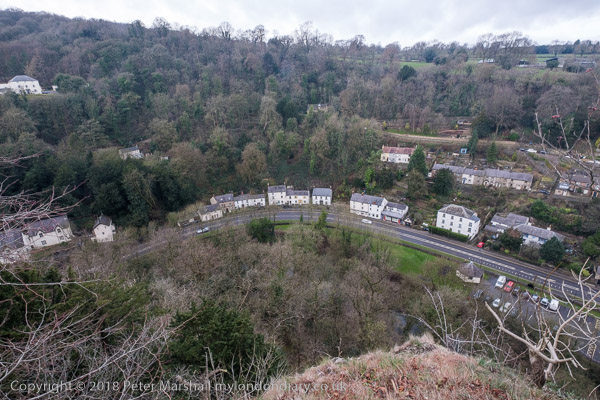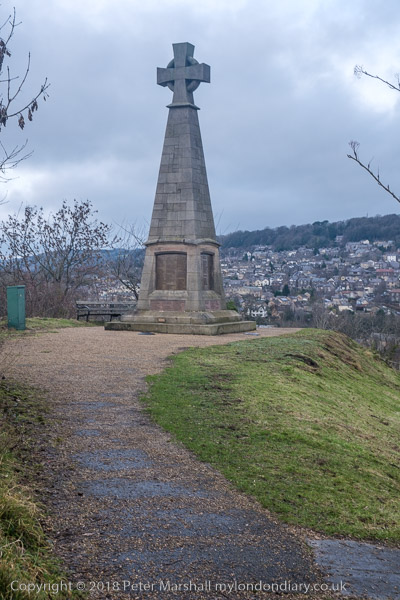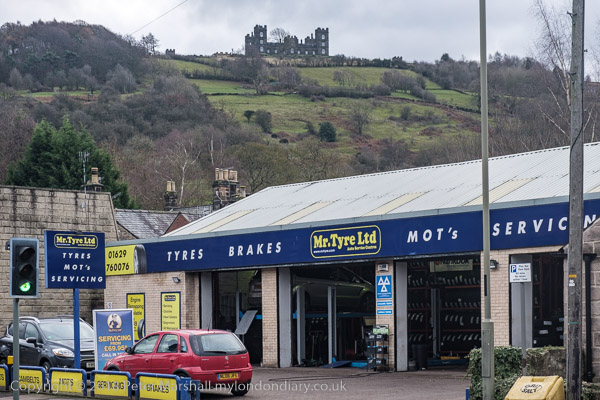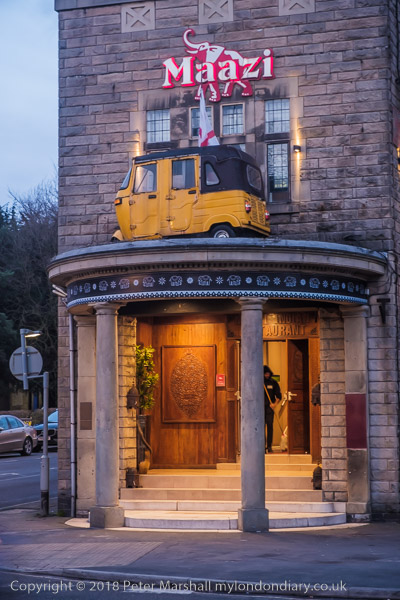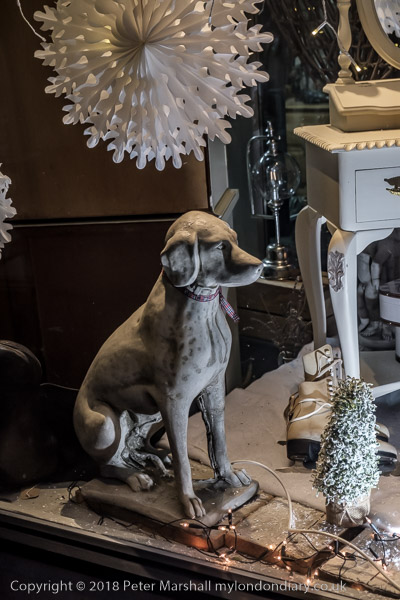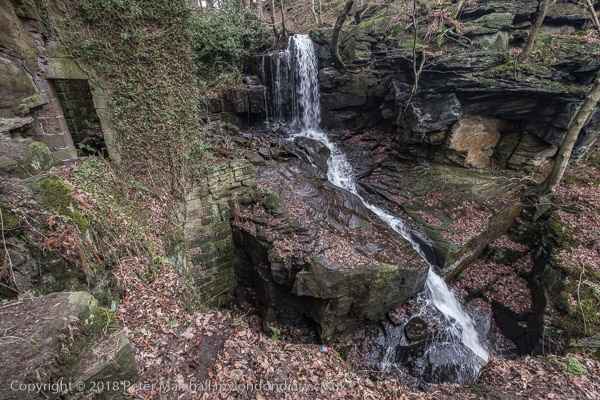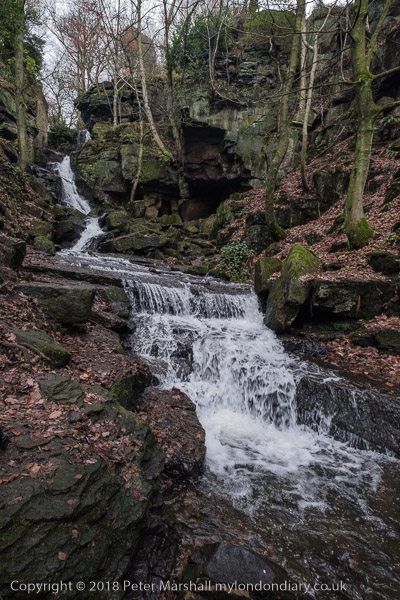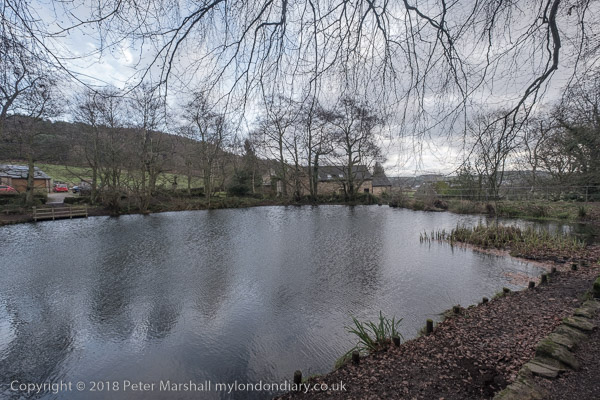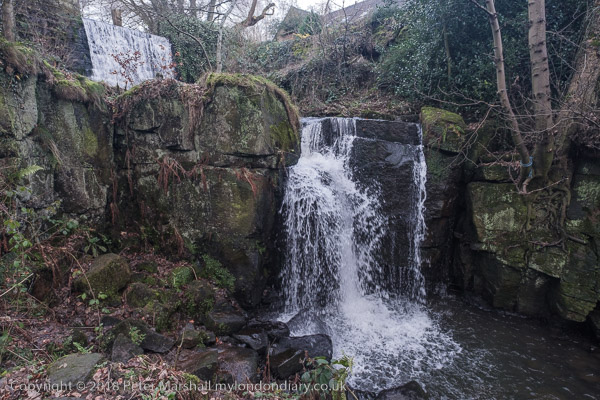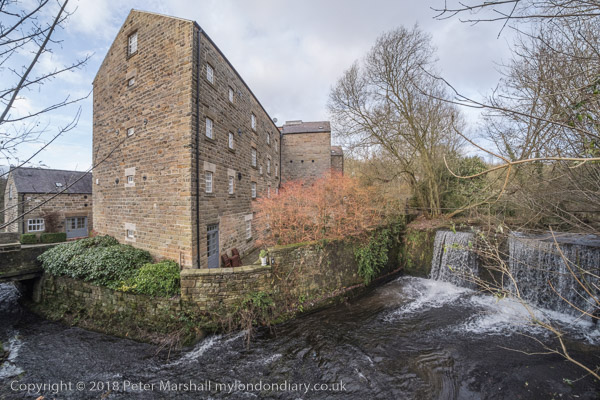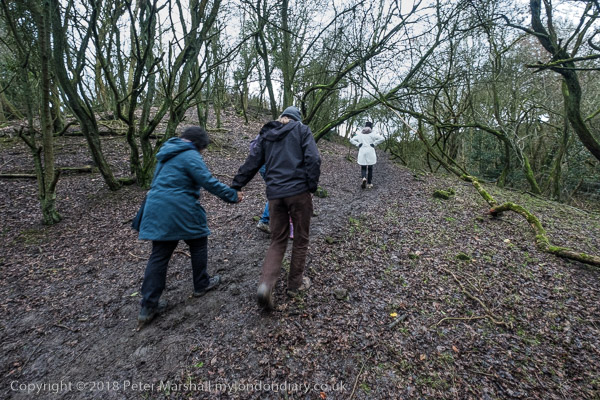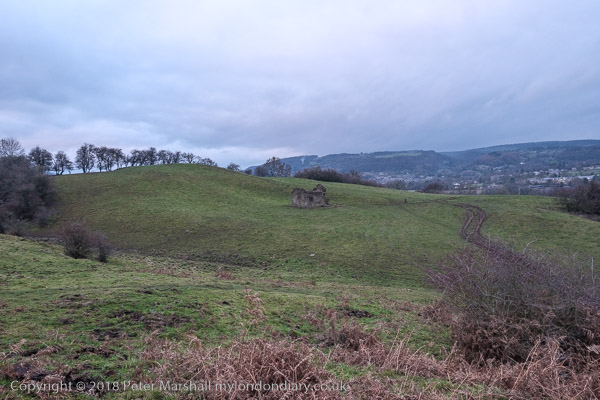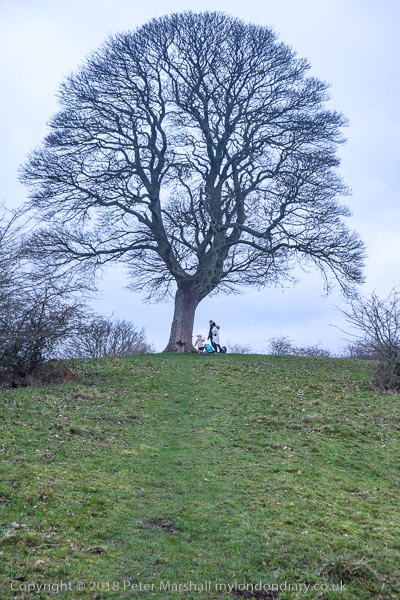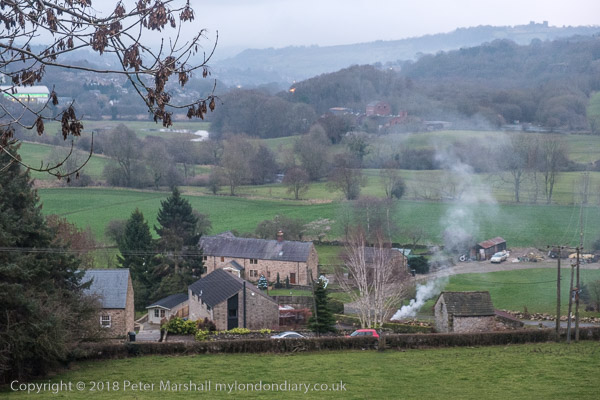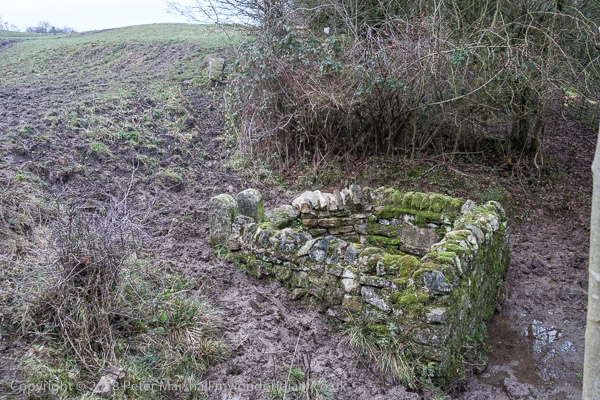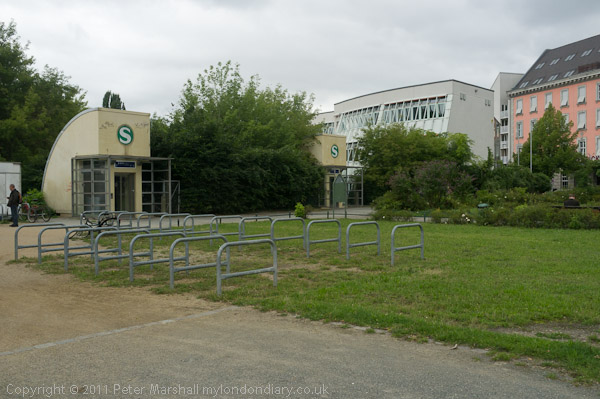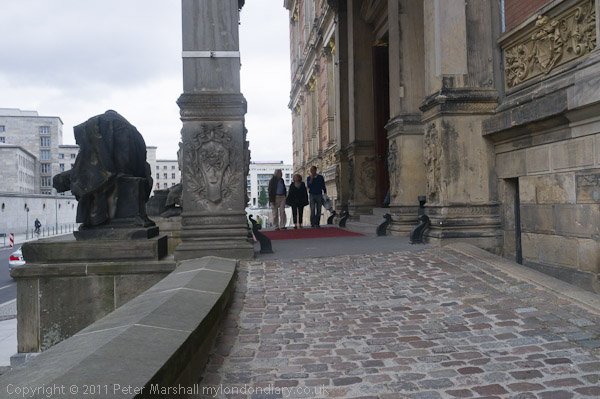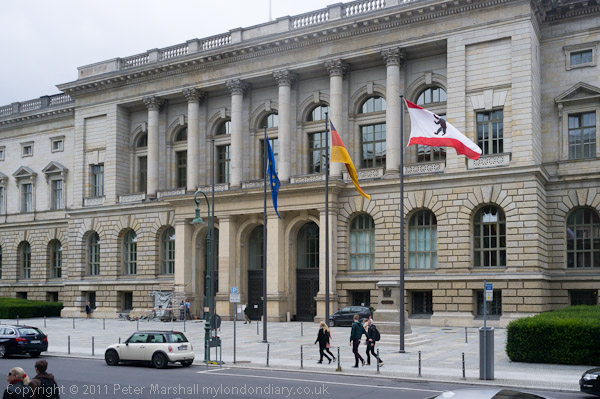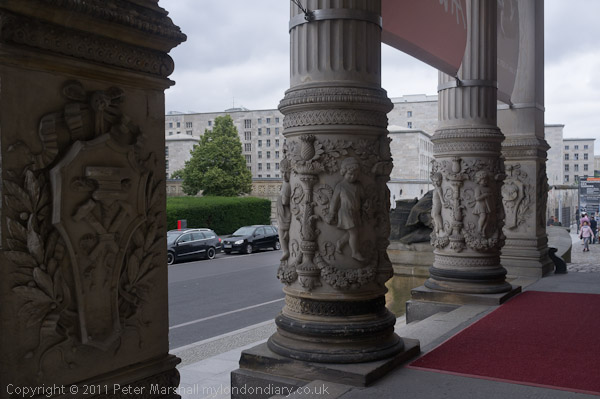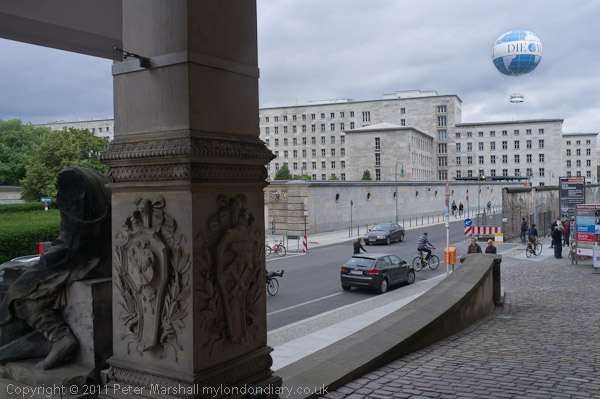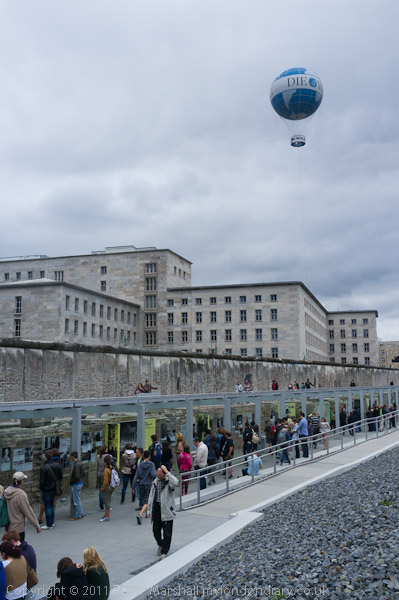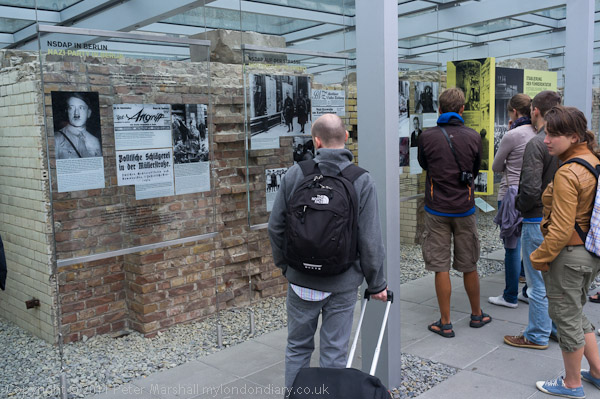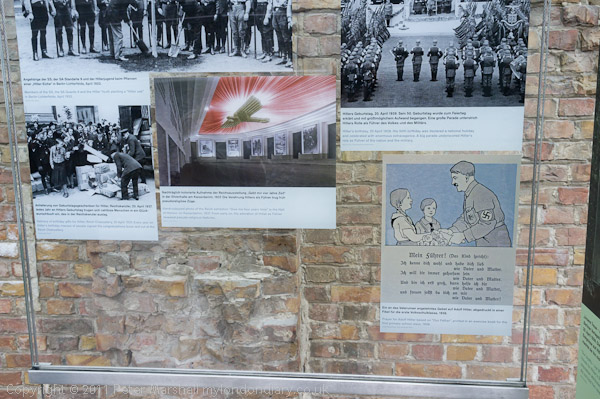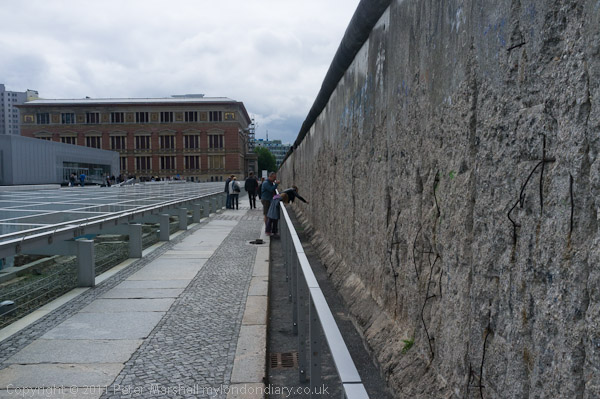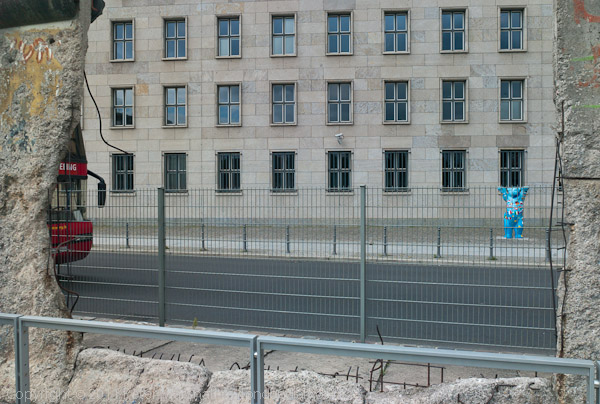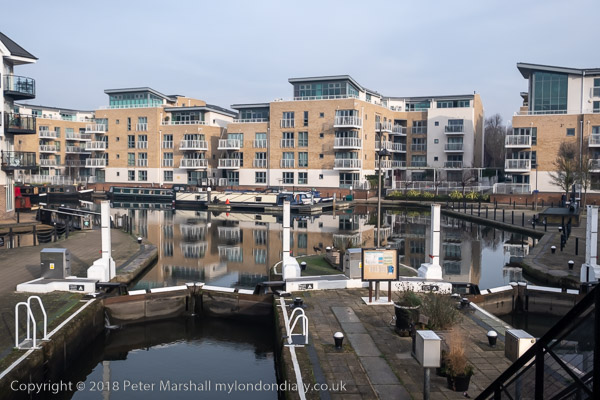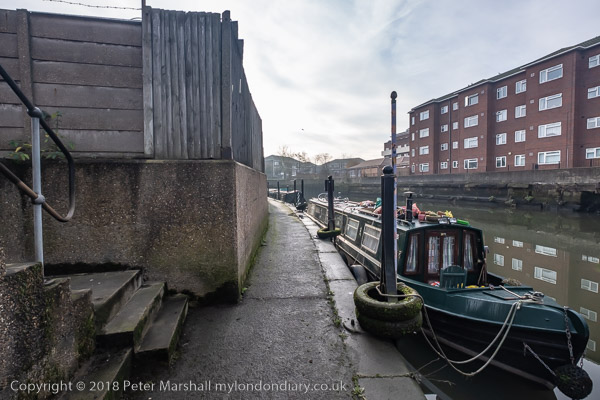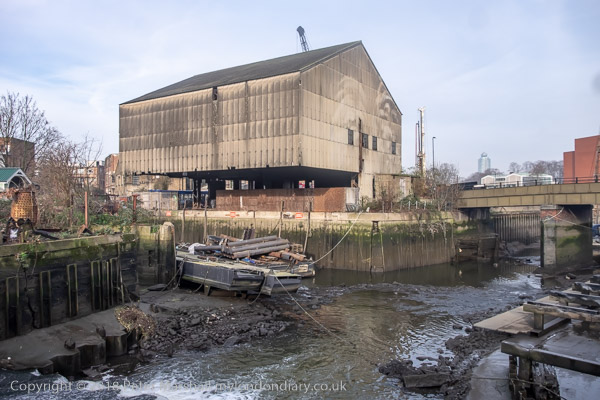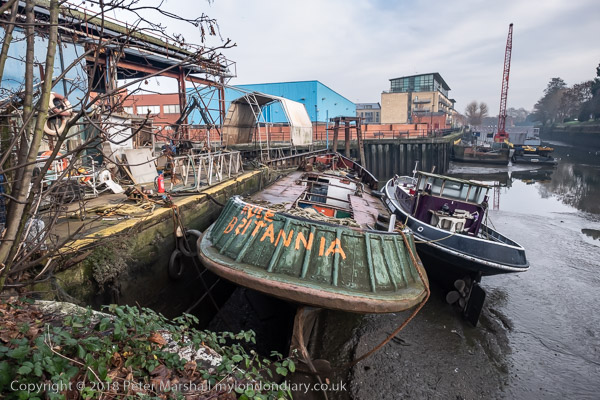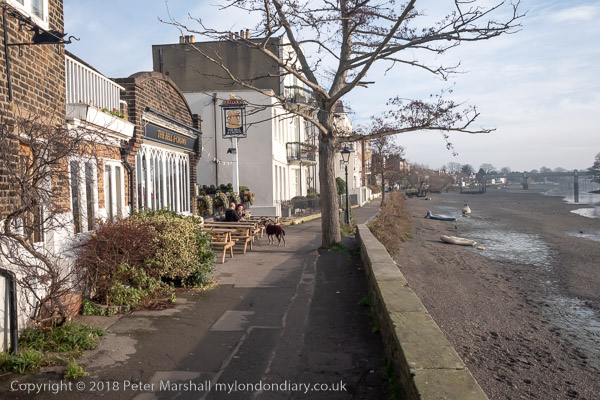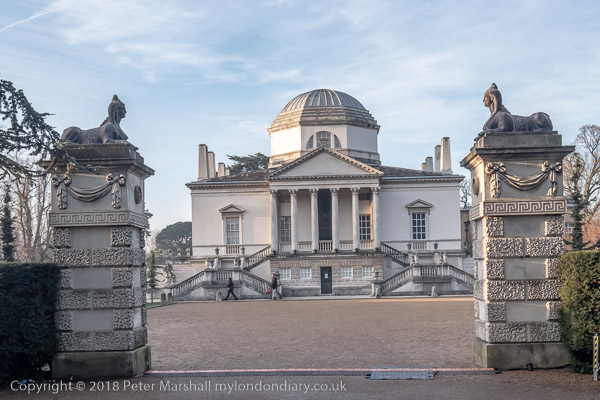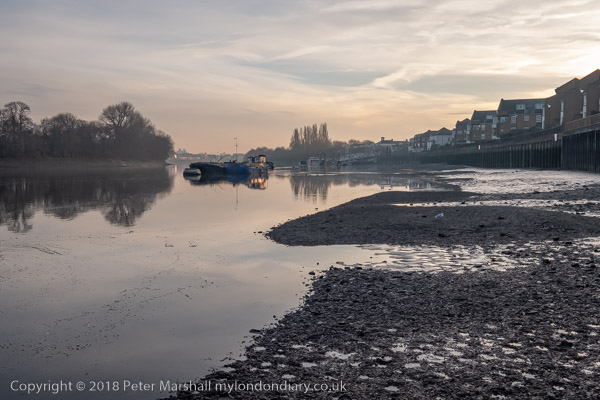I’ve neither finished nor forgotten my series of posts from a short trip to Berlin in 2011, though I am getting close to the end. We decided to take a look at some of the more usual tourist traps, and made our way to Checkpoint Charlie.
I declined the offer to have my picture taken with the two guards, though I did photograph a few others having their pictures taken with them
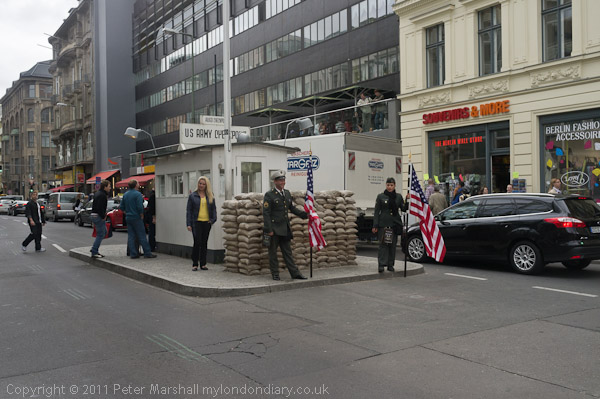
Others avoided the charge simply by standing to one side.
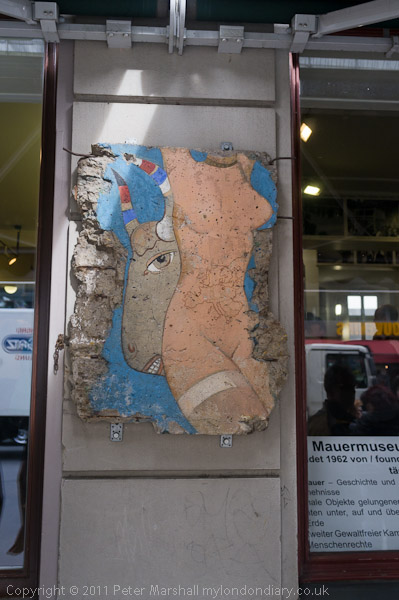
There were several small section of the wall which have been preserved and fixed on the front of buildings in the area.


A few yards away from the checkpoint was Rudi-Dutschke-Haus at 25 Rudi-Dutschke-Strasse. Constructed as a commercial buidling in 1909 by C. Kuhn as a commercial building from 1989 it was the home of the newspaper Tageszeitung (Taz), though I think they have now moved. Taz was founded in 1981 as an alternative to the mainstream press, aiming to be “irreverent, commercially independent, intelligent and entertaining” and providing a progressive outlook on political and social issues and generally supporting green ideas. At first all who worked there had equal pay, but now those in more responsible posts get bonuses. Taz is a co-operative, owned by around 19,000 of its readers.
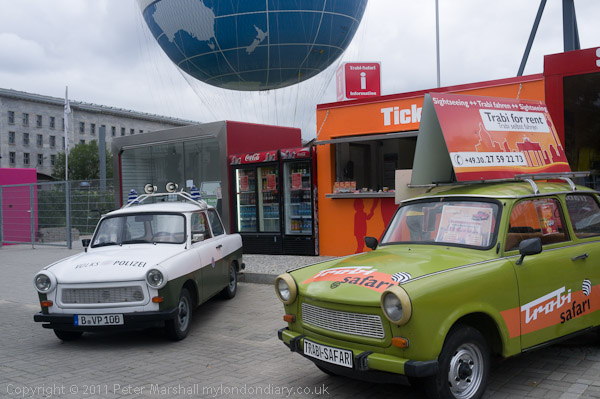
Just along the street were both the tethered balloon which gives tourists an aerial view of Berlin, and also the Trabi museum. I was tempted by the balloon, but we didn’t really have time.
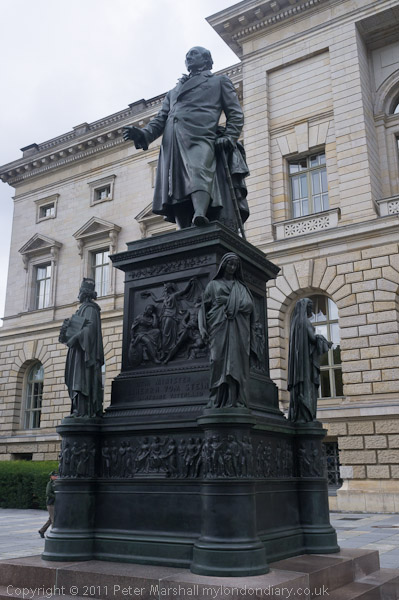
Back outside the Abgeordnetenhaus (House of Representatives), the state parliament of Berlin, is statue of Heinrich Friedrich Karl vom und zum Stein, made in 1867 by Hermann Schievelbein (1817-1867.) It has apparently been moved several times since it was first displayed. Baron vom Stein (1757-1831) was a Prussian statesman who made important reforms including the abolition of serfdom and the creation of a modern municipal system, which enabled the later unification of Germany. He took advantage of the defeat by Napoleon in 1807 which greatly weakened the conservative establishment to make radical changes. Not only were the serfs freed, but all restrictions on the holding of land and all caste distinctions which had dominated Prussian society were removed, and he brought in local self government for all Prussian towns and villages with more than 8000 inhabitants. But Napoleon, who had urged his appointment in 1808 discovered Stein was hoping for a German national uprising and he had to flee the country. When Napoleon was finally defeated the victorious allies gave Stein the task of overseeing the administration of the liberated territories
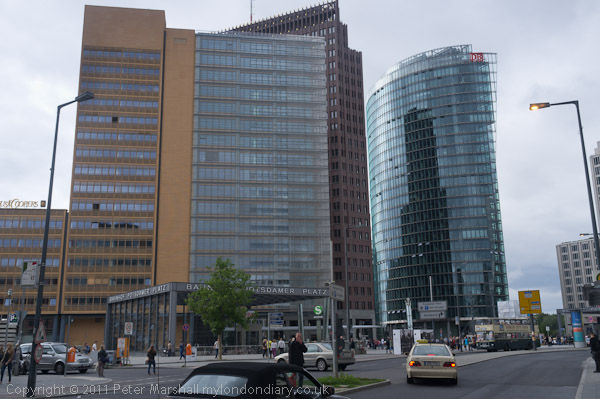
Perhaps the most disappointing part of our visit was to Potzdamer Platz.
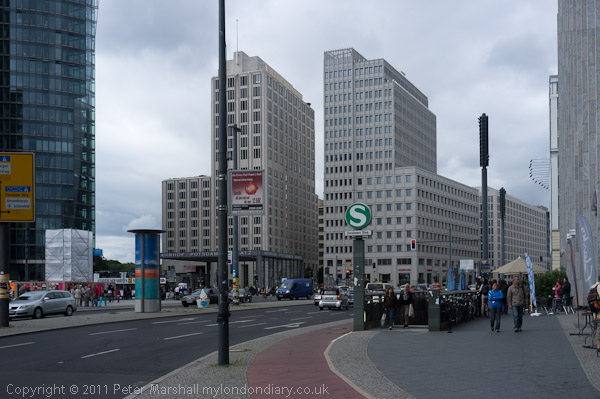
Potsdamer Platz was almost completely destroyed by bombing and in the fight for Berlin in World War II. and the largely empty area was at the meeting point of the Soviet, British and American sectors and housed a thriving black market. The few buildings that had begun to be rebuilt there were largely burnt in the people’s uprising of 1953, and anything left standing was demolished and taken away after the wall was built in 1961. After the wall came down and Germany was reunified the area as sold to Daimler Benz AG and became the largest construction site in Europe for the next ten years. In 2007, it was sold to Swedish Bank SEB and then in 2015 to Canadian real estate company Brookfield.
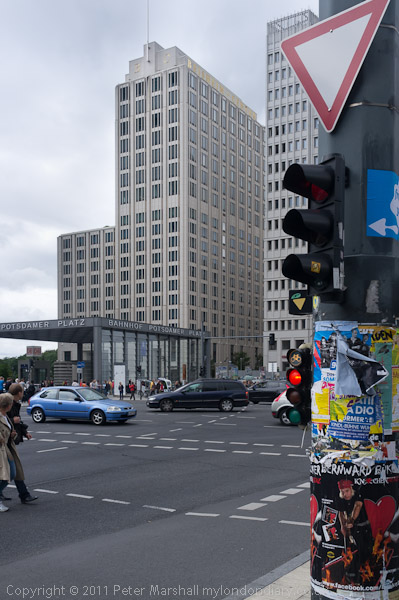
The buildings seemed rather ordinary, despite the well-known architects involved, though perhaps with longer to explore the area I might have been more interested, but nothing made me want to stay there. We left going north up Ebertstraße.
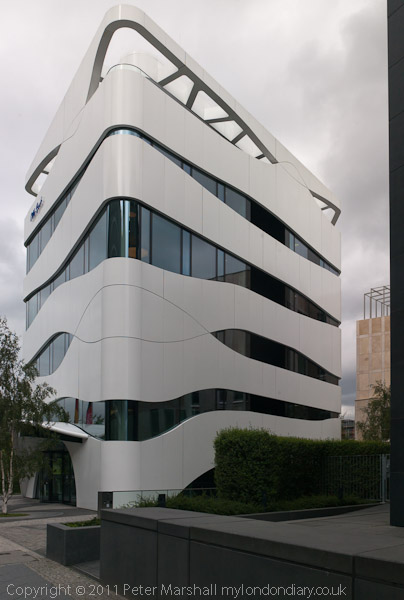
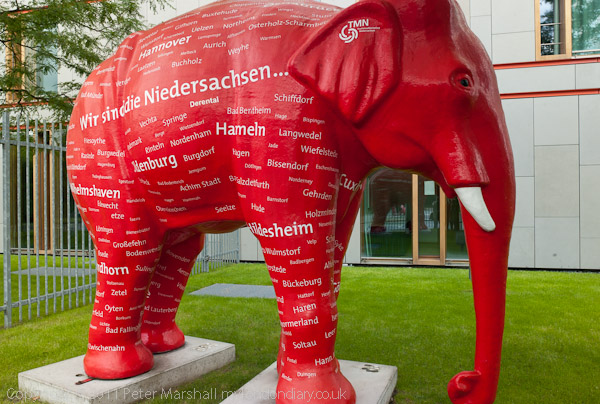
Apparently Lower Saxony is noted for its bright pink elephants.
Our walks around Berlin continue in later posts.
______________________________________________________
There are no adverts on this site and it receives no sponsorship, and I like to keep it that way. But it does take a considerable amount of my time and thought, and if you enjoy reading it, a small donation – perhaps the cost of a beer – would be appreciated.
My London Diary : London Photos : Hull : River Lea/Lee Valley : London’s Industrial Heritage
All photographs on this and my other sites, unless otherwise stated, are taken by and copyright of Peter Marshall, and are available for reproduction or can be bought as prints.
To order prints or reproduce images
________________________________________________________

